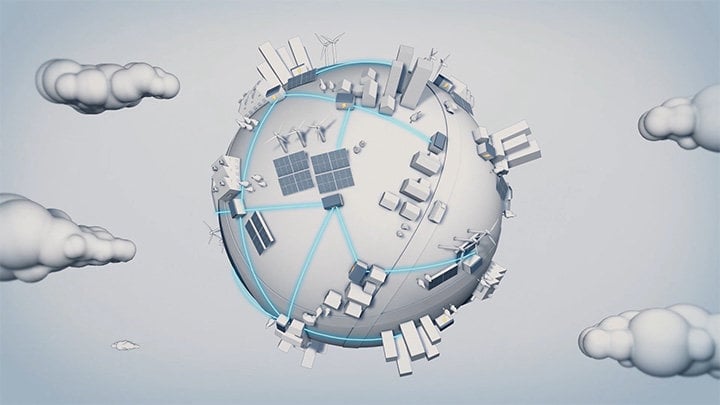www.industry-asia-pacific.com
10
'21
Written on Modified on
Renewable energy aggregation demonstration project has been adopted
Accelerate the Development of Renewable Energy Aggregation Business.

Next Kraftwerke Toshiba Corporation (hereinafter “TNK”) and Toshiba Energy Systems and Solutions (hereinafter “Toshiba ESS”) announced that their application, in which TNK is the consortium leader, for the renewable energy aggregation demonstration Project has been adopted.
The project starts today and aims at building a stable and efficient electric system with distributed energy resources (hereinafter “DER”) through the demonstration of technologies to predict renewable energy generation for balancing supply and demand. Also, the project demonstrates the technologies needed for DER control by combining intermittent renewable energy generation such as solar and wind power systems with distributed energy resources such as battery storage.
In addition, a consortium*1 to promote the business cases is constructed by 17 companies from the sector of renewable energy aggregators and 11 companies of demonstrating collaborators including Toshiba ESS.
In Japan, the introduction of renewable energies has been proceeding through a FIT*2 regulation. Since April 2021, the grid balancing market, on which the additional penetration of renewable energy and DER is expected, has been established and will gradually extend. FIT regulation will shift to FIP*3 regulation in April 2022 in order for renewable energies to be a primary power source. Under FIP regulation, power producers will be required to match their planned generation with electricity demand based on accurate generation forecast*4, and will need to respond to market risks by optimizing electricity trading corresponding to volatile electricity market prices.
In this project, the consortium will evaluate generation forecasting technology, battery control technology, market trading strategy technology, and imbalance preventive methods*5 in which generation balancing groups are coordinated with demand balancing groups as well as the feasibility of the role of renewable energy aggregators to avoid imbalance penalties, and thus to improve profitability – important factors for the success of renewable energy aggregators.
The consortium will manage the total of 1.2GW of renewable energy generation plant capacity. In addition, the consortium will consider insurance products for risk-hedge and technical and business solutions for renewable energy aggregators based on the know-how that the European largest VPP aggregator Next Kraftwerke has.
Hideki Shingai, CEO of TNK and the Marketing Executive of renewable energy business unit at Toshiba ESS, commented on this project, “We are proud of this project being adopted. In order to realize carbon neutral electricity generation, it is essential to make renewable energy self-sustaining, and the FIP regulation is recognized as the first step. We would like to create an environment where aggregators can play a role as a hub for supplying renewable energy inexpensively and in a stable way by networking renewable energy, grid systems, retail, and consumers.
www.toshiba.com

